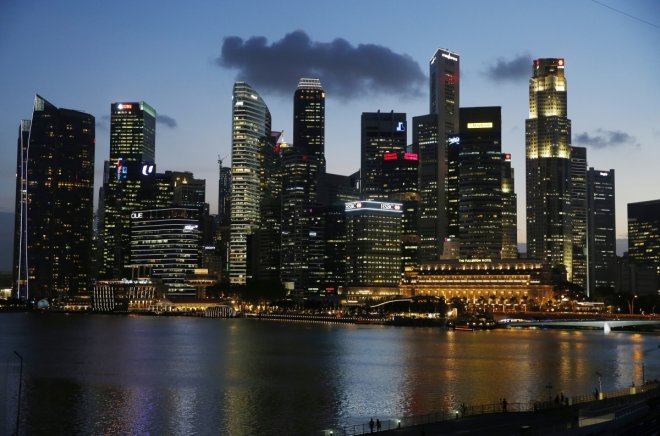
Trade dependant Singapore economy weakened over the past six months with all sectors seeing a broad-based downshift, the central bank has said.
The Monetary Authority of Singapore said the relatively steady but mediocre growth in external demand is likely to continue over the near term. "While the risk of a major global downturn has subsided somewhat, external demand will continue to be uneven across a number of Singapore's key export markets."
The business outlook remains generally negative, especially among SMEs, the MAs said in its review. "The domestic economy has slowed discernibly since the last Review. Growth came in largely flat in Q2 before deteriorating in Q3."
GDP contracted by 2.0% q-o-q SAAR basis in the last half year, a marked step-down from the average 3.2% growth in the preceding two quarters, the MAS Macroeconomic Review said.
While the domestic-oriented industries managed to secure positive growth over the last two quarters, the momentum was much weaker compared to the previous six months, the MAs said.
In Q2 2016, the Singapore economy grew by a marginal 0.2% on a q-o-q SAAR basis, largely unchanged from the 0.1% in Q1. "Amid profitability concerns and subdued sentiment, businesses were generally more cautious in their spending."
Global economy
The manufacturing sector lost momentum in Q2, with growth easing to 2.1% q-o-q SAAR after an 18.8% surge in the quarter before. Tourism was another area that witnessed sustained fall in growth. Growth in visitor arrivals was flat in Q2, following a fall in tourist numbers from the key markets of China and Indonesia.
The MAs observed that the global economy is expected to expand at a steady but still mediocre pace in 2017. "Business investment has been sluggish in the major economies, despite loose monetary policy, due to elevated economic uncertainty and lower expectations of potential GDPgrowth, alongside slower-growing populations."








